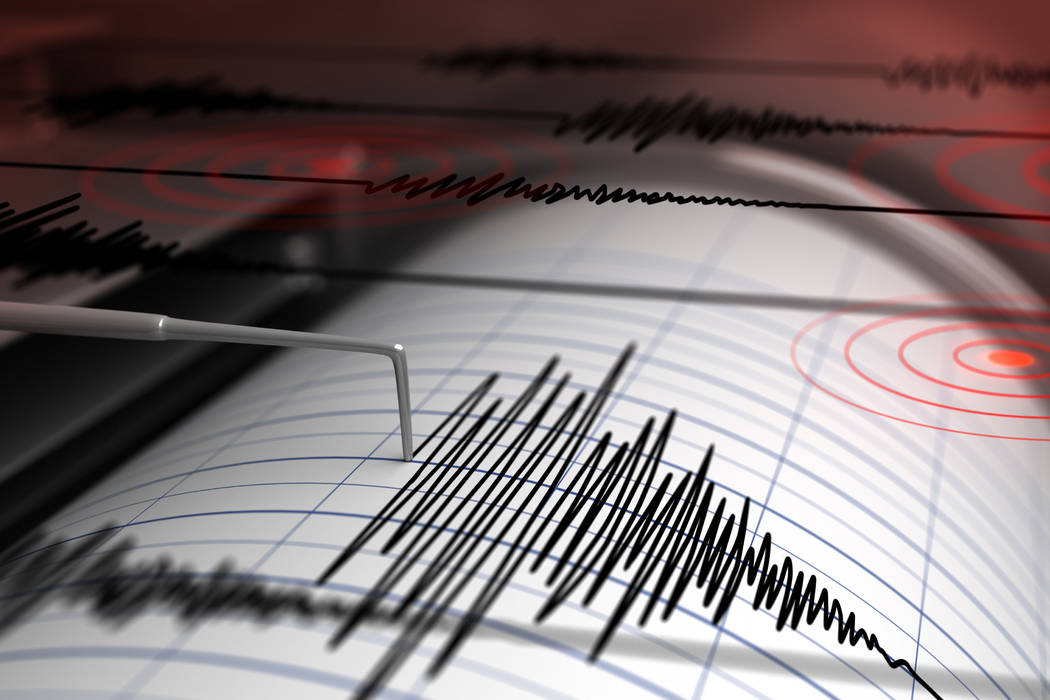Nevada engineers mimic earthquake to test bridge designs
RENO — A day after a deadly earthquake struck Mexico City, scientists at Nevada earthquake lab are declaring success after testing new bridge designs they created to better withstand violent temblors and speed reconstruction after quake damage.
The University of Nevada, Reno, engineers performed the test Wednesday, a day after the big Mexico earthquake.
They used a giant “shake table” to simulate the violent motions of an earthquake to rattle a 100-ton, 70 foot bridge model to determine how well it would hold up.
The research team’s leader is Professor Saiid Saiidi.
He says new connector types to link prefabricated bridge parts with ultra-high performance concrete worked better than expected, and says the computer models they used before the test had suggested there would be a higher level of bridge damage.
Saiidi says the new technology could prove pivotal in the future for earthquake prone places like Mexico and the Western United States that try to minimize damage and keep bridges open for rescue and recovery efforts.
Some design work by the engineers has been incorporated into a highway off-ramp under construction in Seattle. It has flexible columns and reinforcement bars made out of a metal alloy that bends and then springs back into shape when quakes hit.
Bridges are already designed not to collapse in earthquakes but often are unsafe for travel after big quakes.
The elements have been tested on their own but never before combined in a bridge model subjected to realistic earthquake motions, like the 1994 Northridge, California, quake.
The University of Nevada’s Earthquake Engineering Lab is the largest of its kind in the United States.
The scientists’ project is funded by the California Department of Transportation.

















